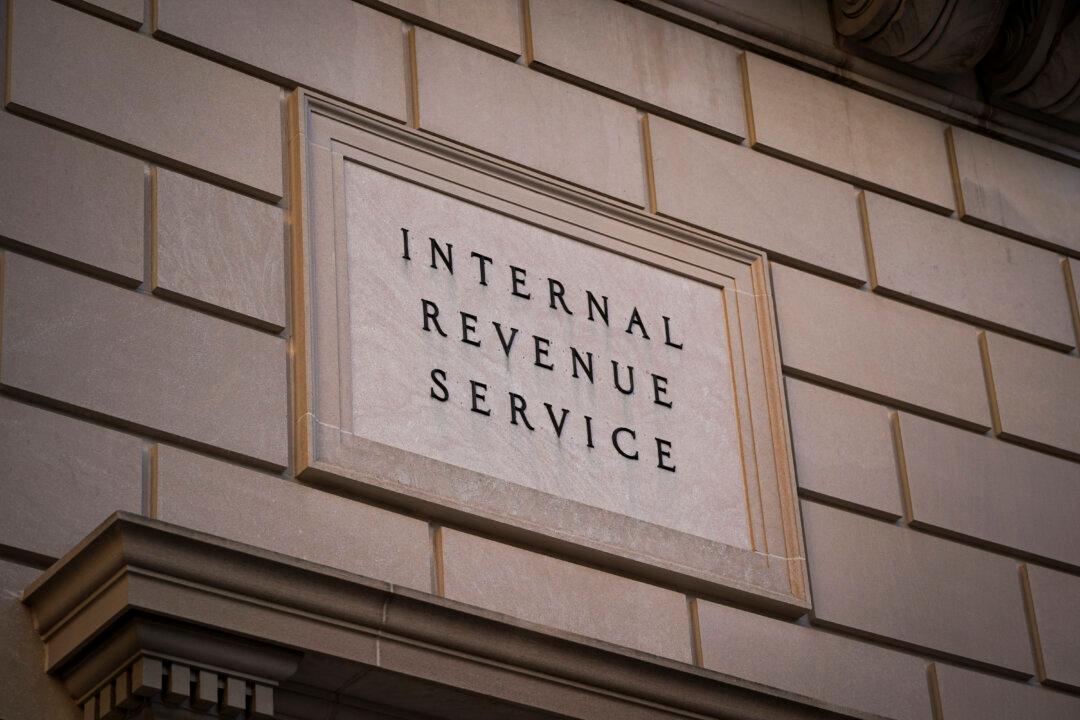The Internal Revenue Service (IRS) asked businesses that incorrectly claimed a pandemic credit to report and resolve the issue by next month, detailing “seven warning signs” indicative of such claims.
The agency said these promoters mischaracterized eligibility rules and pushed businesses to apply and claim ERC credit in exchange for a percentage of the payout. Such businesses have been given until March 22 to disclose ERC’s claimed in error and settle the issue by repaying 80 percent of the claim amount.
- Some promoters urged employers to claim ERC for all quarters the credit was available. The IRS pointed out that qualifying for all quarters was “uncommon.”
- In some cases, promoters told employers they could claim ERC as long as any government lockdown order was in place in their region, even if business operations were not affected. “This is false,” the IRS stated. To claim ERC, the employer’s operations should have been “fully or partially suspended by the government order during the period for which they’re claiming the credit.”
- Only certain wages are qualified for claiming ERC, like wages subject to social security and Medicare taxes. “Be wary of anyone who says you can use all wages when calculating your ERC,” the IRS advised.
- Some businesses may seek to claim ERC by citing supply chain disruptions. However, “supply chain disruption by itself doesn’t qualify an employer for ERC.”
- The tax agency said it was “uncommon” for a business to qualify for the entire calendar quarter “if their business operations were fully or partially suspended due to a government order during a portion of a calendar quarter.” In this case, the business can only claim ERC for wages paid during the suspension period.
- According to the agency, some ERC claimants did not have any employees, while others didn’t even exist during the eligibility period. “The IRS has started disallowing these claims, and more work continues in this area as well as other aspects of ERC.”
- The agency asked businesses to be on “high alert” against ERC promoters who told them to claim credit by insisting there was “nothing to lose.” IRS pointed out that businesses incorrectly claiming ERC could be subjected to “repayment requirements, penalties, interest, audit, and potential expenses of hiring someone to help resolve the incorrect claim, amend previous returns, or represent them in an audit.”
IRS Investigations
According to the IRS, the agency began sending thousands of letters to taxpayers in December, notifying them about disallowed ERC claims.“These disallowed claims involved entities that did not exist or did not actually have employees on the payroll during the period of eligibility—meaning the businesses failed to meet basic criteria for the ERC program.”
Last month, the IRS also announced that it planned on sending letters to thousands of ERC recipients for claiming an erroneous or excessive credit.
On Jan. 25, the agency said it was investigating ERC promoters, opening nine investigations and reviewing 123 more on the matter.
Businesses who voluntarily disclose that they made an error in claiming an ERC are required to “share the promoter names with the IRS to assist the agency in its ongoing compliance work.”
As of Dec. 31, the IRS’ law enforcement arm “initiated 352 investigations involving more than $2.9 billion in potentially fraudulent ERCs in tax years 2020-2023. Eighteen of the 352 investigations have resulted in federal charges, with 11 convictions and four sentencings with an average sentence of 21 months.”
Commenting on the agency’s effort to educate businesses, IRS Commissioner Danny Werfel said that business owners claiming ERC should “quickly review their situation to avoid future problems.”
Many businesses were “wildly misled about the qualifications.”
“The IRS urges ERC claimants to get with a trusted tax professional and review their qualifications before time runs out on IRS disclosure and withdrawal programs. The ‘suspicious seven’ signs released today are clear red flags that ERC claimants should carefully review.”
As such, a qualifying business could receive a credit of up to $5,000 per employee per annum. The credit was later updated to 70 percent of wages, limited to $10,000 in wages per quarter.







